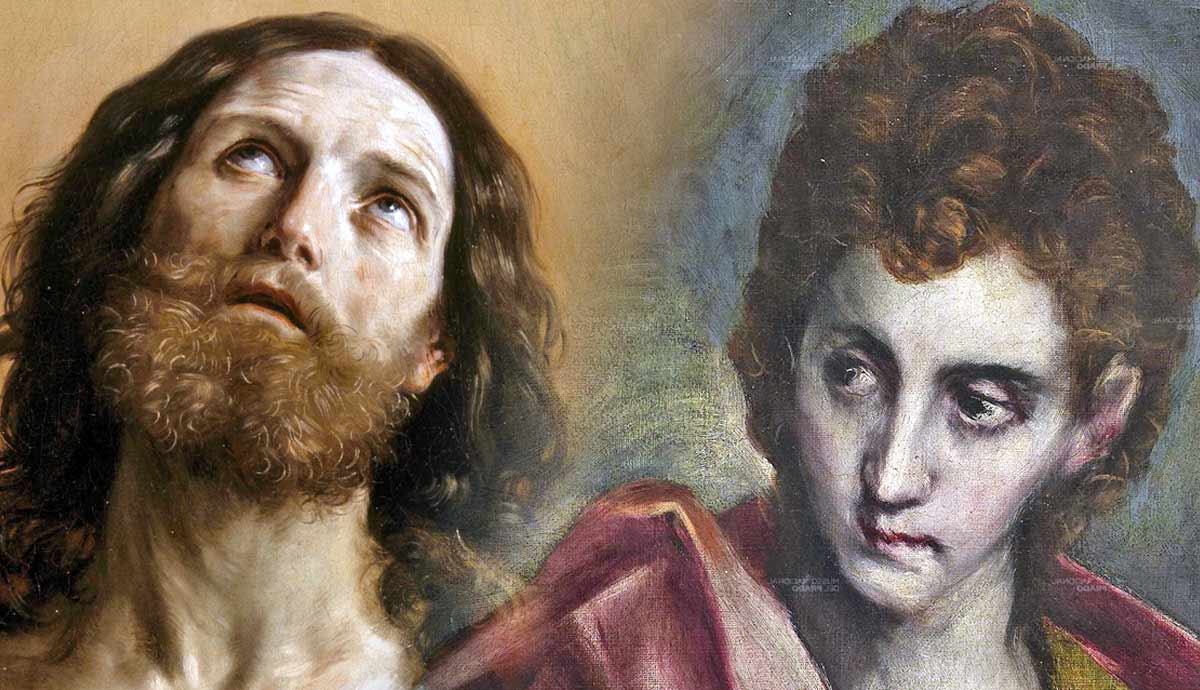
Anton Pavlovich Chekhov’s short stories and plays, rooted in the everyday lives of everyday people, propelled themes of dashed hopes, compassion, and the tragicomic to mainstream consciousness. Central to Chekhov’s work, was the exploration of how to navigate pain and suffering without yielding to despair and hatred. He believed that the role of art was to ask questions, not answer them. In his short life – he died of tuberculosis at 44 years old – he wrote hundreds of short stories and several plays. Chekhov’s most important works reflect on themes of resilience, love, loss, and compassion, amidst the tumultuous landscapes of human experience.
The Student (1894)

The Student (1894) tells the story of Ivan Velikopolsky a 22-year-old clerical student on his way home one Good Friday evening. Battling the elements, he contemplates the universal experience of poverty, emptiness, hunger, and oppression that have endured throughout history. On his journey, he comes across Vasilisa, and widowed mother, and her daughter, Lukerya huddling around a fire. He joins them and likens the warmth they take from the fire to that experienced by St. Peter. Curiously, he asks if they have read the Gospels, to which Vasilisa replies that they have.
Velikopolsky precedes to tell the story of the Denial of St. Peter, moving the widows to tears. As he continues his journey, he realizes that it was not the skill of his retelling, but the continuing relevance of the story that moved them. Amidst the bitter cold and howling wind, Velikopolsky has an epiphany: “the past is linked to the present by an unbroken chain of events flowing one out of another” – truth and beauty persist as supreme goods throughout all of earthly existence.
The Seagull (1895)

Chekhov’s first play, The Seagull (1895), flopped on its opening night at the Alexandrinsky Theatre in St. Petersburg (1896). However, two years later, it was embraced by the star director of the time, Konstantin Stanivlasky, for his Moscow Art Theatre, where it was a resounding success. Today it is considered to be the first great play of the 20th century.
The Seagull revolves around the lives of an aspiring young playwright, Konstantin, his mother, the famous actress Irina Arkadina, and her lover, the celebrated writer, Boris Trigorin, on a Russian country estate. Through these characters, Chekhov explores themes of artistic ambition, desire, loneliness, and unrequited love.
Chekhov’s genius is to present several takes on his major theme – the figure of the artist – allowing the audience to interpret and draw their own conclusions. The Seagull is celebrated for its rejection of melodrama, in favor of exploring ordinary, everyday life, and nuanced portrayal of the complexities of human emotions.
In the Ravine (1900)

In the Ravine was written as a novella for serialization in the Russian literary magazine, Zhizn. Set in the grimy, disease-riddled industrial village of Ukleevo, the story follows the lives of two families feuding over property, the Zhmutkovs and the Tsybukins. In an 1889 letter to a friend, Chekhov described his novella as “a story about factory life, and how sour it was.” Through its uncompromising portrayal of the nascent rural bourgeoise in the Russian countryside, In the Ravine documents the corruption of rural life and the destructive consequences of unchecked greed.
Upon its publication Chekhov’s novella ignited heated discussion, it was both criticized for its stark pessimism and lauded for its refreshing honesty. Its political themes, darkness, and tragedy, announced Chekhov as an important voice in the context of Russia’s rapidly changing social and political life. Above all, In the Ravine emerged as a gem of Russian literature and revealed Chekhov as a major literary talent.
The Cherry Orchard (1904)

The Cherry Orchard tells the tale of an aristocratic Russian family compelled to sell their estate, including their cherished cherry orchard. Madame Ranevskaya returns from Paris after five years to discover her estate heavily mortgaged to sustain her lavish lifestyle. The auction of the estate appears imminent unless sufficient funds can be raised. The situation is desperate. Several ideas are floated, including the drastic measure of felling the orchard. Ranevskaya rejects this as sacrilege. Nothing is ultimately resolved leading to the loss of the estate. The orchard is eventually cut down.
Chekhov intended The Cherry Orchard “as a comedy, in places even a farce”, though the play is often staged as a tragedy. Structured around a personal tale of aristocratic decline, The Cherry Orchard delves into broader themes of social change, nostalgia, loss, and the relentless march of time. The Cherry Orchard is perhaps Chekhov’s most famous play, it was also his last.










